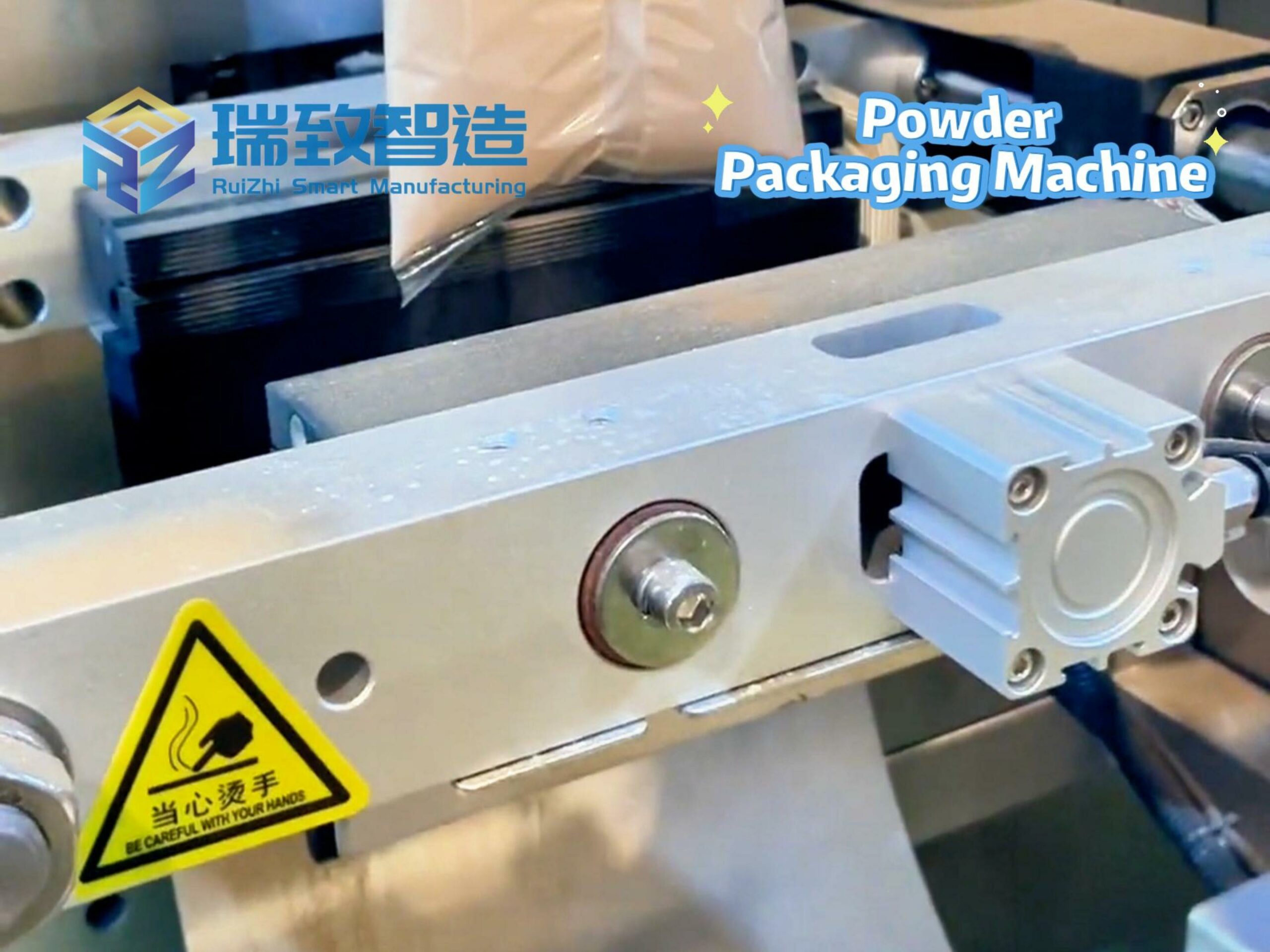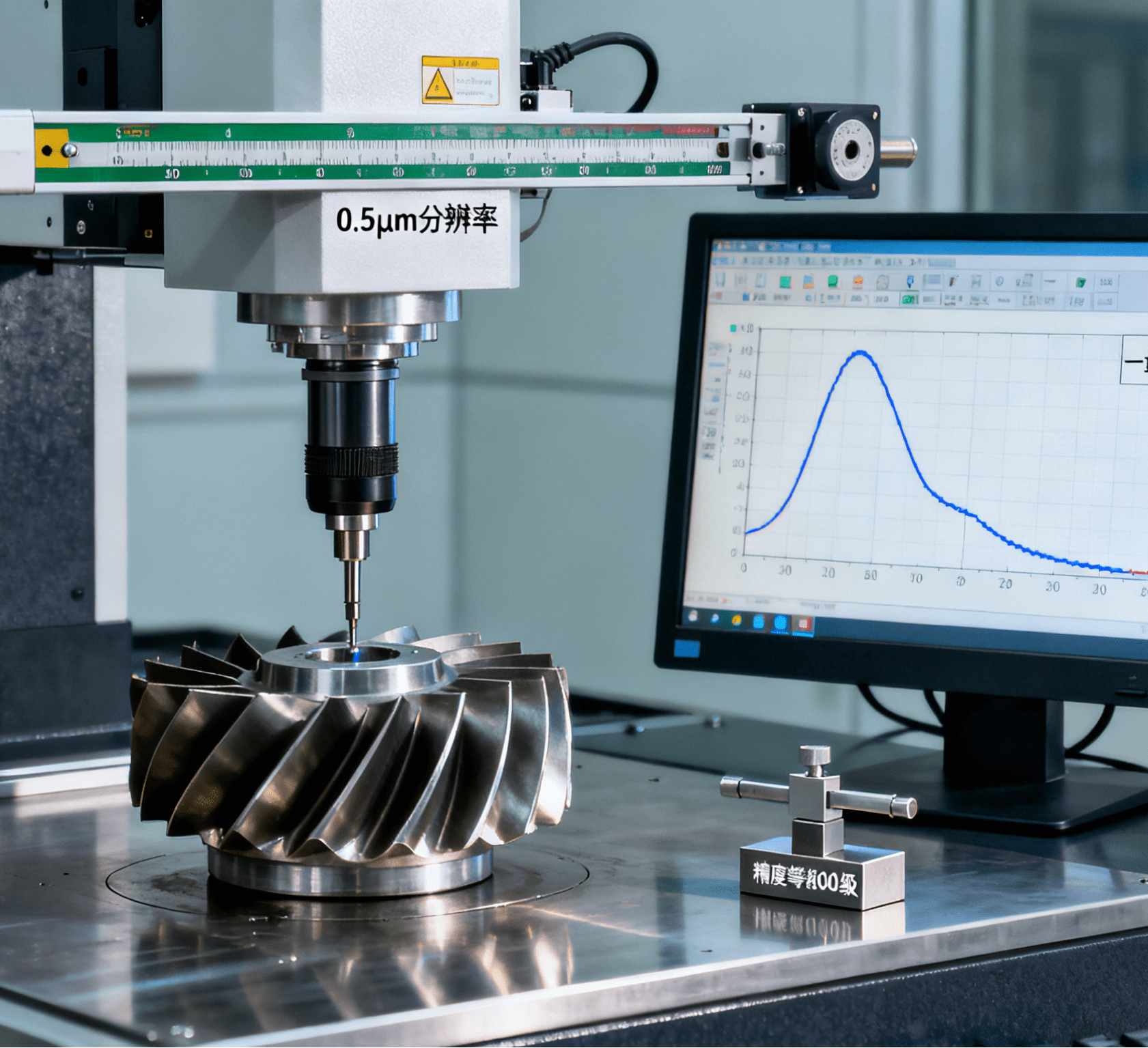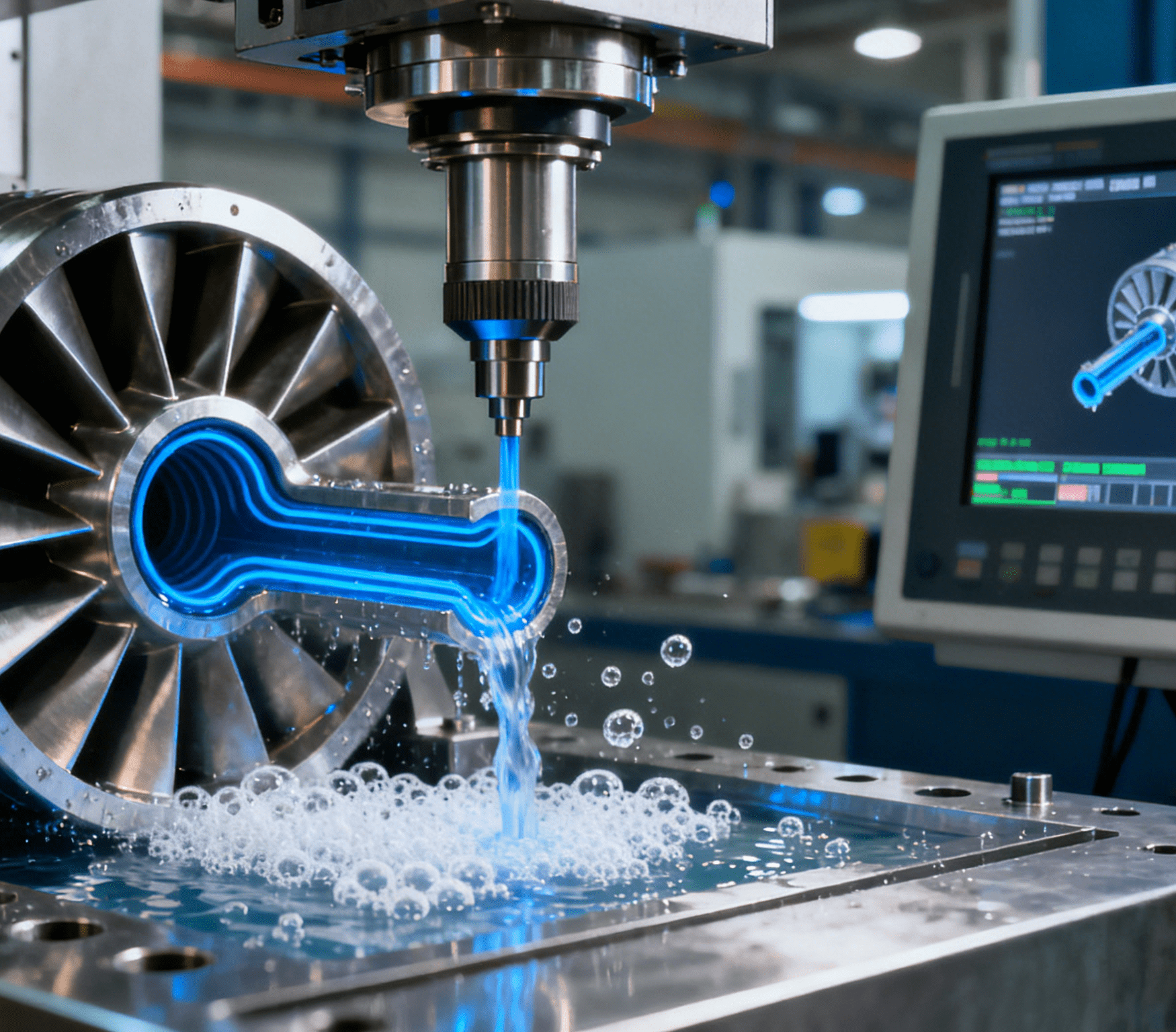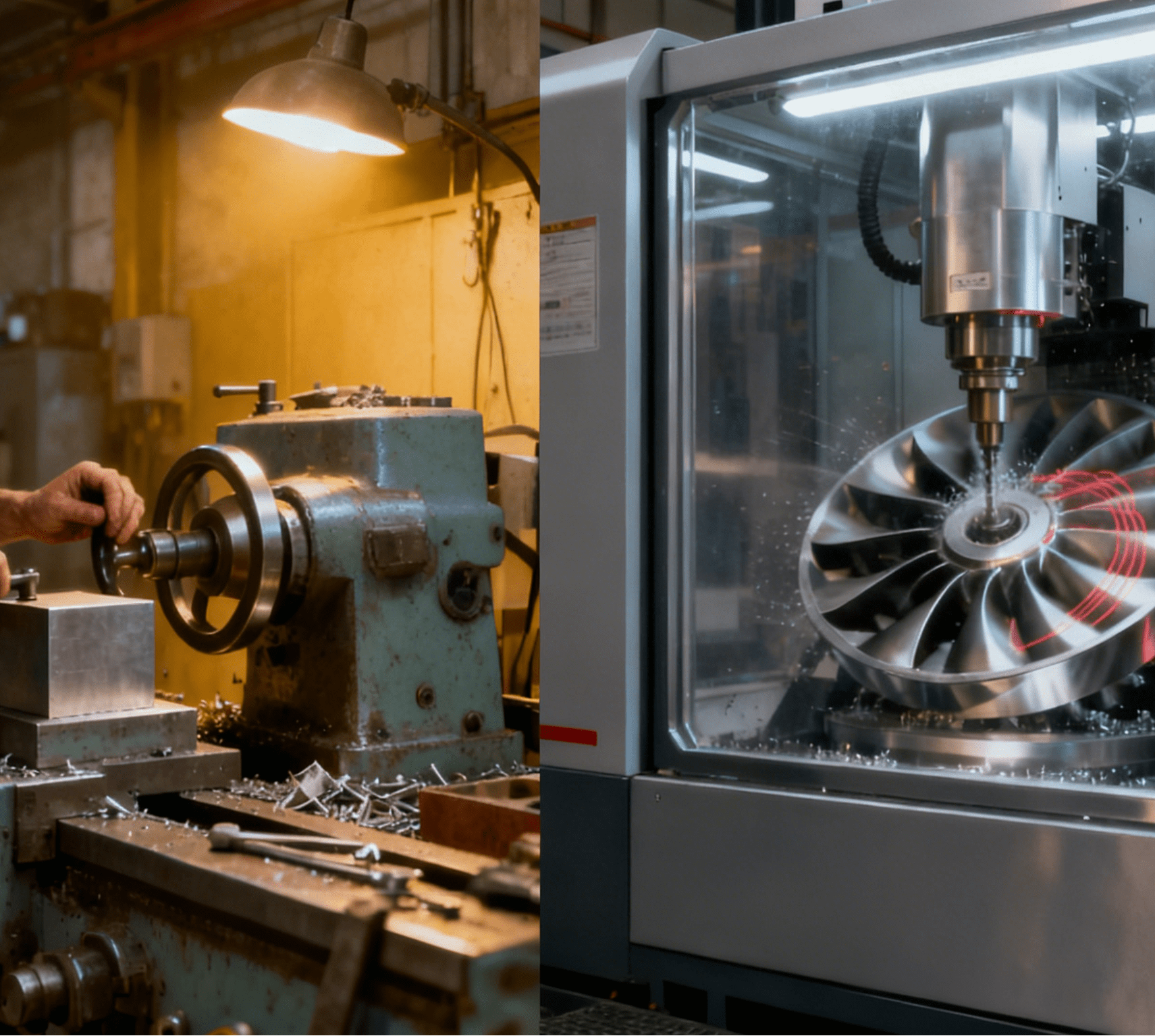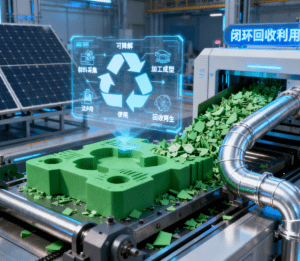
In modern manufacturing, precision CNC machining technology has become a key link in the production of many high-end products due to its characteristics of high precision and high efficiency. However, its specific requirements for raw materials have sparked extensive discussions: Are these requirements rational restrictions or a waste of resources?
Strict Raw Material Requirements for Precision Machining: The Cornerstone of Quality and Safety
Precision CNC machining often requires raw materials to have good dimensional stability, uniform material structure, and specific physical and chemical properties. For example, in the aerospace field, metal materials used to manufacture key components have strict standards for purity, grain size, and internal defects. From a rational perspective, these requirements are by no means unfounded. The high-precision machining process allows no slight deviation in raw materials; otherwise, even tiny impurities or uneven structures may lead to machining failure, substandard product performance, or even safety hazards. Take engine blades as an example: they work in extreme environments of high temperature, high pressure, and high-speed rotation. Only high-quality materials that meet the requirements of precision CNC machining can ensure the blades’ strength, heat resistance, and fatigue resistance, thereby guaranteeing the flight safety of aircraft.
In the field of electronic chip manufacturing, silicon wafers, as the basic material, have nearly harsh requirements for flatness, purity, and crystal structure integrity. This is because the tiny circuit components on the chip require precise lithography and etching processes, and any defect in the raw material may render the entire chip useless. Notably, the Αυτόματη μηχανή συναρμολόγησης φόρτωσης για ηλεκτρονικά εξαρτήματα, which is closely matched with precision CNC machining in electronic manufacturing lines, also relies heavily on such high-standard raw materials. The machine realizes high-speed and high-precision loading and assembly of electronic components such as resistors and capacitors. If the raw materials have even minor dimensional deviations or surface blemishes, the machine’s positioning system will fail to accurately grasp and assemble them, resulting in assembly errors or component damage. Such strict requirements for raw materials are the cornerstone of the continuous progress of electronic technology, enabling us to have smaller, faster, and more powerful electronic devices—from smartphones to supercomputers—which have greatly changed people’s lives and work styles.
Hidden Worries Behind High Standards: Controversies Over Rising Costs and Resource Consumption
However, it is undeniable that the high standards for raw materials in precision CNC machining increase costs and resource consumption to a certain extent. To obtain raw materials that meet the requirements, complex refining, processing, and testing processes are often needed. Some special materials are expensive due to their scarcity or high preparation difficulty. Moreover, during the machining process, more waste may be generated when removing non-conforming parts, which seems to contradict the concept of resource conservation.

Rational Perspective: Not Waste, but Necessary Value Preposition
But we should recognize that this is not a simple waste of resources. Firstly, products manufactured by precision CNC machining often have high added value and long service life. For example, high-precision medical equipment can diagnose and treat diseases more accurately, reducing patients’ pain and the waste of medical resources; high-performance industrial equipment can improve production efficiency and reduce energy consumption and environmental pollution. In the long run, the positive social and economic impacts of these products far outweigh the resource consumption in the raw material preparation process.
Secondly, with the continuous progress of technology, the utilization efficiency of raw materials is gradually improving. New machining processes and equipment can cut, shape, and process raw materials more accurately, reducing waste generation. At the same time, material recycling and reuse technologies are also constantly developing. Some wastes generated from precision CNC machining can re-enter the production process through recycling, realizing resource recycling.
In summary, although the raw material requirements for precision CNC machining increase resource consumption to a certain extent, they are rational restrictions from the perspectives of ensuring product quality, promoting technological progress, and achieving long-term social and economic benefits. While pursuing precision manufacturing, we should continuously explore new ways to improve raw material utilization efficiency and develop sustainable material technologies, so as to realize the harmonious development of the manufacturing industry with resources and the environment.
Automatic, efficient and powerful assembly machine
Technical advantages of continuous motion multi-piece assembling machine

